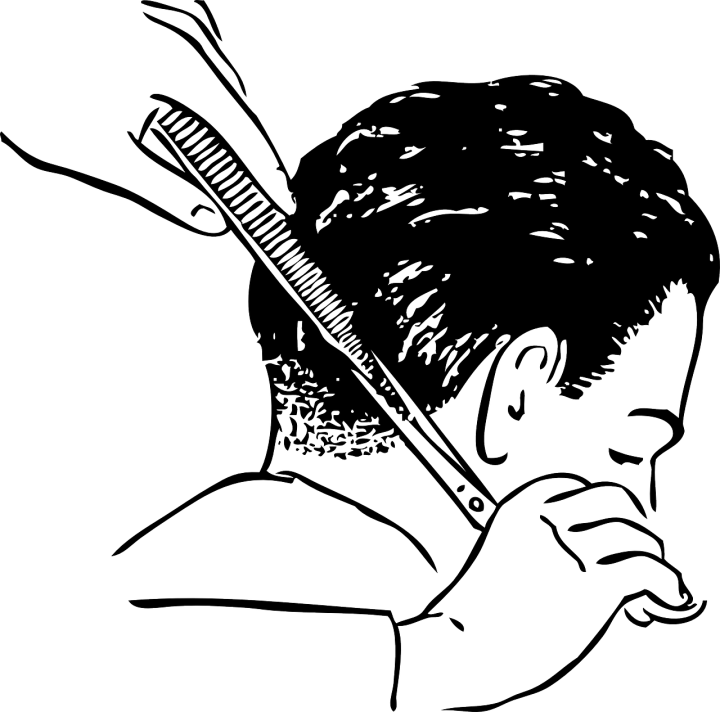Fun Facts and Myths About Hair
Primary Image
Caption
What is hair and how does it grow? Here are fun and interesting facts and myths about your hair!
Hair Growth, Hair Color, and Hair Styles
For daily wit & wisdom, sign up for the Almanac newsletter.
Body
Curious about your crowning glory? Here are some fun facts and myths about hair, including hair growth, hair color, and hair styles.
People have been making new hair styles for centuries. Hair is the only human body part that continually grows, degenerates, and miraculously grows again throughout life. All body hairs grow at about the same rate, but they vary in the length of their growth stage. Eyelash hair and forearm hair have a short life cycle of a month or less. Head hair grows for two to six years before it withers at its base and falls out, at which point the hair follicle rests for about three months and then rouses itself for another growth period.
Hair Growth and Anatomy
- Between 50 and 80 hairs a day are shed naturally. Shedding increases in spring and fall.
- Women’s hair grows faster than men’s hair.
- Hair grows fastest between ages 15 and 30, with a sharp decline between ages 50 and 60.
- Hair grows 1/72 inch per day, or about 1/2 inch per month.
- The average head has about 100,000 hair follicles, which can each grow many hairs.
- 85 percent of hairs on the head are in their growth phase at any given time.
- The technical term for hair on the head is capilli.
- In a single strand, the outermost hair layer is the cuticle (transparent, overlapping cells); the middle layer is the cortex (source of strength, elasticity, and pigment); the innermost layer is the medulla.
Hair Color
- Hair gets its color from the pigment melanin, the same agent that colors skin and eyes.
- The color is contained in the hair shaft or the cortex, which is in the middle layer of a hair.
- Hair is largely composed of the protein keratin; chemically, dark hair has more carbon and less oxygen than lighter hair.
- Color is inherited, along with the degree and timing of graying.
- Gray hair is not really gray, but is an absence of color in the hair shaft, making it white or opaque.
- Graying usually starts at the hairline and progresses toward the back of the head.
- Gray unpigmented hairs tend to be coarser than colored hairs.
- Hair color can be changed and enhanced with dyes and rinses, but colored hair is about 10 percent weaker than untreated hair.
- Brushing can distribute natural oils and add sheen, or make hair more shiny.

Hair Styles: Shape
- Hair can be straight, wavy, or curly, depending on the angle and direction in which the hair shaft emerges from the follicle.
- The angle of the follicles, also called the hair stream, creates whorls, cowlicks, and the general tendency for hair to curl out on one side of the head and curl under on the other side.
- In cross-section, hair can be round, oval, or flat.
- Hair shape can be changed temporarily by straightening or other methods using heat, but its natural tendency will reassert itself to new growth.
- Attempting to reshape hair with temperatures over 140ºF can melt the hair shaft and therefore seriously damage hair.
Hair Styles: Thickness
- Human scalps have an average of 1,000 hairs per square inch, or roughly 120,000 hairs in all.
- Age 20 marks the peak of thickness.
- Blond hair tends to be most numerous at 140,000 hairs per head, followed by brown at 110,000, black at 108,000, and red at 90,000.
- Although blonds have more hair, the individual hairs tend to be thinner than the darker tones.
- By age 60 half of all men are bald or balding, and 40 percent of women have experienced some type of hair loss.
- Male-pattern baldness occurs when a gene triggered by age changes the hormone testosterone into a new chemical, dihydrotestosterone, which makes hair smaller and finer with each new generation of hair growth until baldness results.
- The hair of pregnant women often appears especially thick and luxuriant because high estrogen levels extend the growth phase and prevent hair from entering the resting phase. All these hairs enter their resting phase at the same time postpartum, causing significant hair loss.
- High fevers, tranquilizers, thyroid disorders, and unusual stress can also cause temporary hair loss.
Myths About Hair:
- Clipping and shaving encourage hair growth. (Truth: Cutting does not affect the rate and thickness of growth.)
- Ointments and oils can make hair grow more quickly. (Truth: These treatments only lubricate the hair shaft.)
- Hair grows after death. (Truth: The flesh and skin contract, causing hair to protrude slightly more.)
- Baldness is inherited from the maternal side (Truth: The timing and extent of balding can come from either side.)
- Hair can turn gray overnight. (Truth: This has never been documented. A rare condition called alopecia areata causes pigmented hairs to fall out while gray ones stay behind, all in a short period of time.)
Now that you know all about your hair, you must be eager to keep it healthy! Check out these tips for healthy hair and recipes for hair care to complete your hair education.
About The Author
The Editors
Under the guiding hand of its first editor, Robert B. Thomas, the premiere issue of The Old Farmer’s Almanac was published in 1792.
Read More from The Editors










